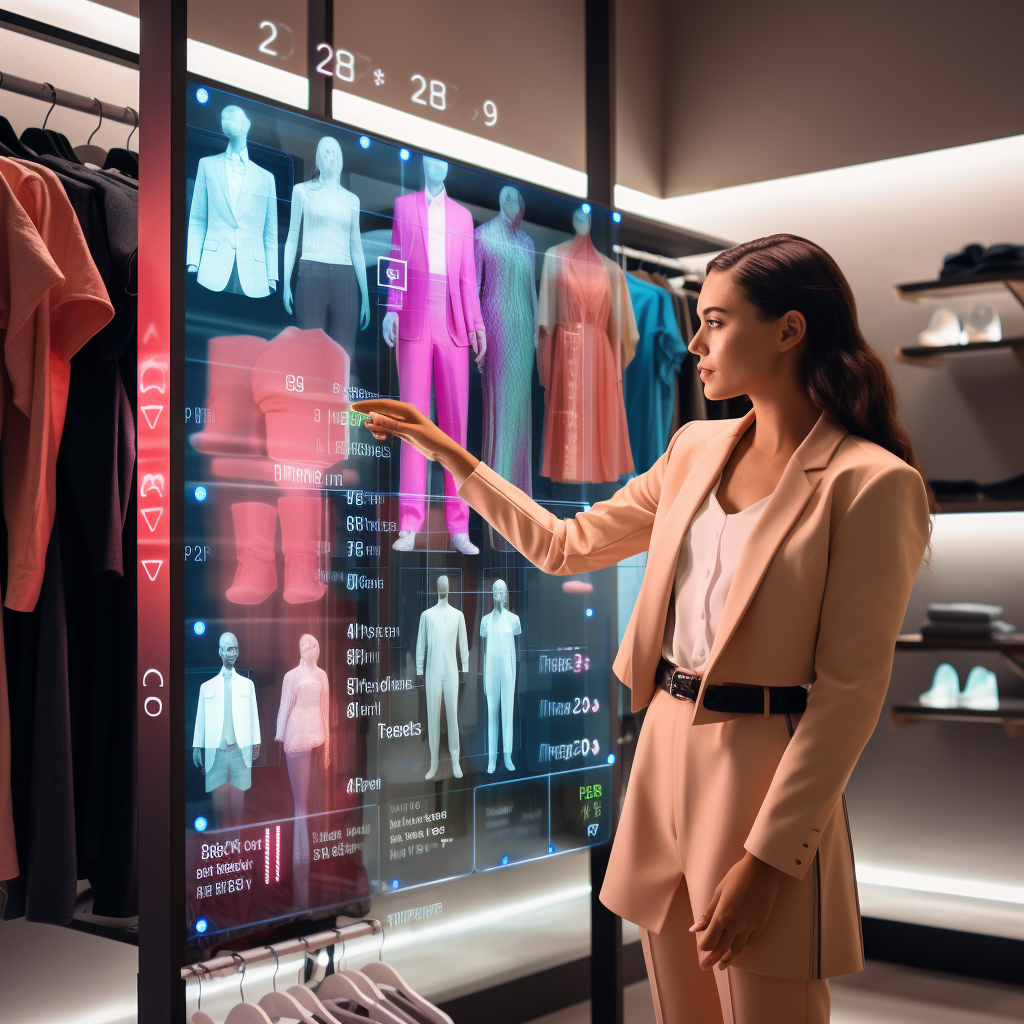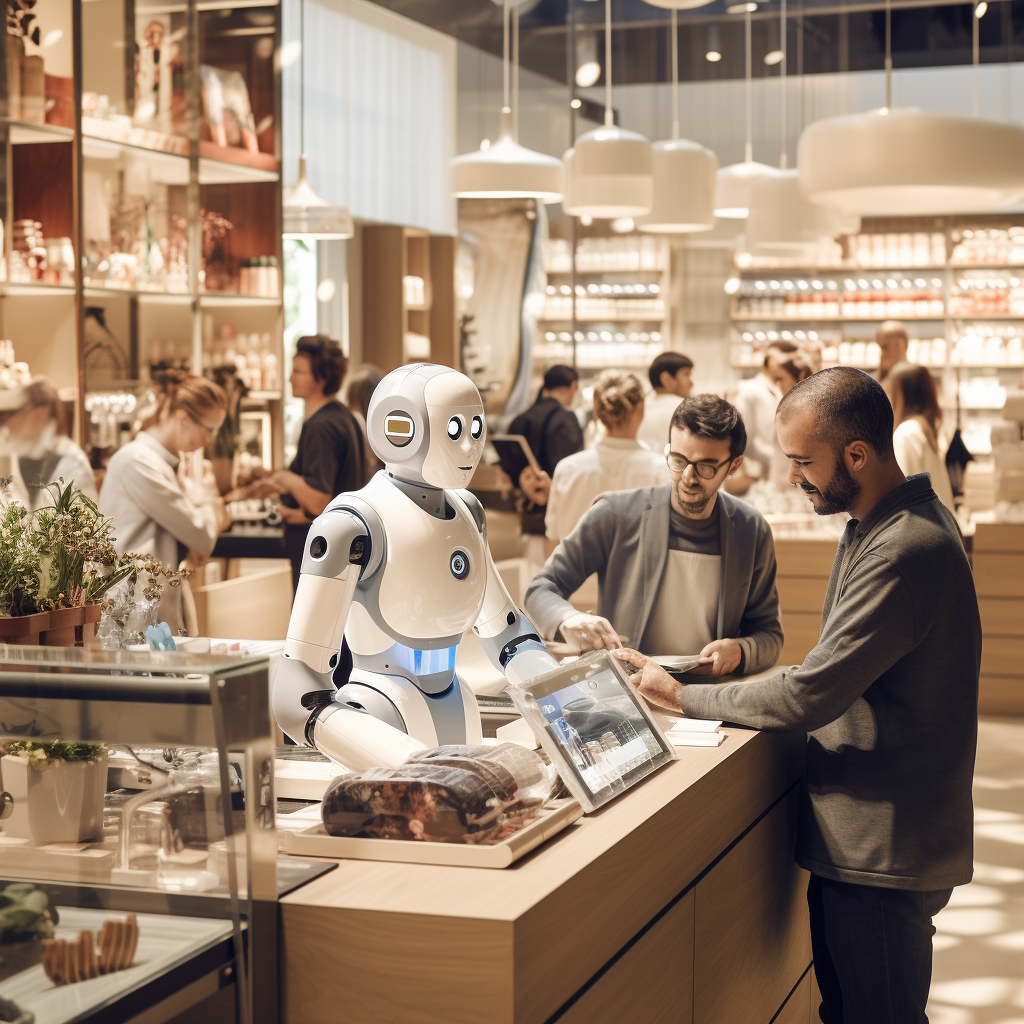How Generative AI is Transforming the Industry In recent years, the integration of artificial intelligence (AI) into various industries has sparked both curiosity and excitement. One field that is on the cusp of a technological revolution is fashion. The emergence of generative AI, a subset of AI that leverages deep learning algorithms to create new content, holds the potential to revolutionize product design, visual content creation, copywriting, and shopping experiences. This article explores the impact of generative AI on the fashion industry, highlighting its opportunities, challenges, and risks for brands and their employees.
The Rise of Generative AI in Fashion:
Generative AI tools have evolved significantly, allowing anyone with a computer to create their own fashion collection with stunning photorealistic results. Robbie Barrat, an artist, initially garnered attention in 2018 when he trained his AI model to generate a Balenciaga-inspired fashion collection. Despite imperfections, his work caught the eye of the fashion world, leading to collaborations and interviews. Today, new generative AI tools such as DALL-E 2, Midjourney, Stable Diffusion, and Runway enable designers to create images, videos, and text from simple prompts, promising a vast array of applications.
The Business Impact of Generative AI:
While generative AI has gained popularity through user-generated memes and creative projects, its greatest potential lies in transforming businesses. Tech giants like Microsoft and Google are racing to incorporate generative AI into their core products. Industries ranging from healthcare to finance are exploring ways to leverage generative AI for enhanced productivity, and start-ups are developing enterprise applications. According to Goldman Sachs analysts, widespread adoption of generative AI could increase US productivity by 1.5 percentage points annually for a decade, resulting in a potential 30% or more increase in S&P 500 profits.
Fashion’s Transformation: Opportunities and Challenges:
McKinsey & Company estimates that generative AI could contribute between $150 billion and $275 billion to the operating profits of the apparel, fashion, and luxury sectors within the next three to five years. The technology is already reshaping areas like design, marketing, and customer service. However, as the fashion industry embraces generative AI, there are challenges and risks to consider. This case study delves into four key strategic areas affected by generative AI: product design, visual content creation, copywriting, and shopping experiences. Experts from brands, retailers, and technology providers share real-world examples and insights gained from implementing generative AI solutions.
Conclusion:
Generative AI is poised to revolutionize the fashion industry, enabling brands to unlock new creative possibilities and enhance efficiency. With the potential to significantly impact product design, visual content creation, copywriting, and customer experiences, generative AI presents a unique set of opportunities and challenges. As the field rapidly evolves, fashion brands must adapt to leverage this emerging technology effectively. By embracing generative AI, the fashion industry can position itself at the forefront of innovation and tap into substantial growth potential, ultimately transforming the way we perceive and interact with fashion in the years to come.



